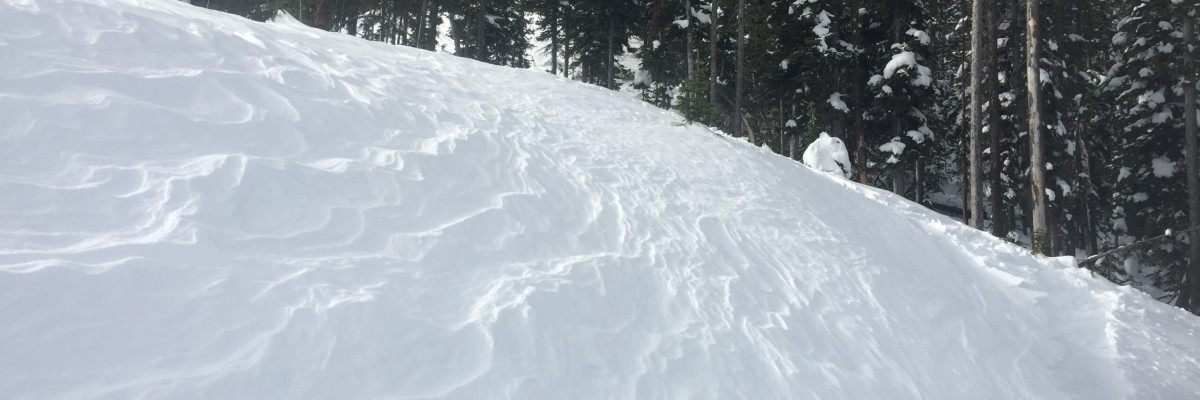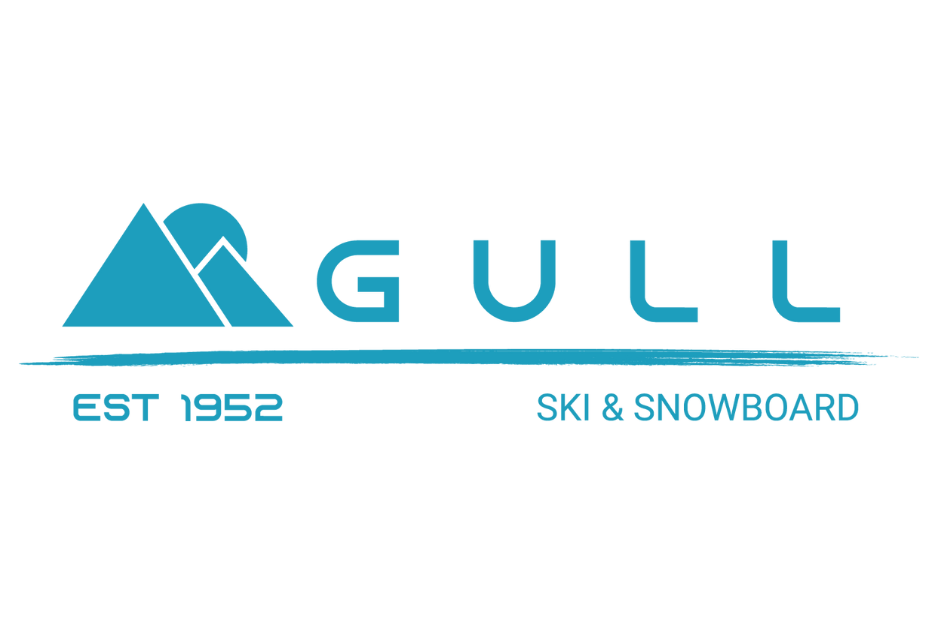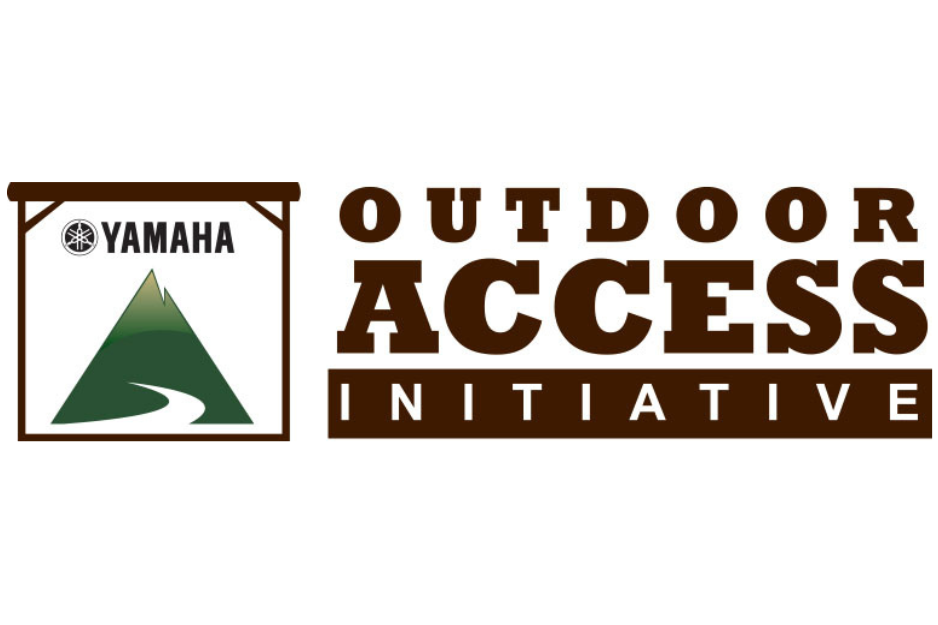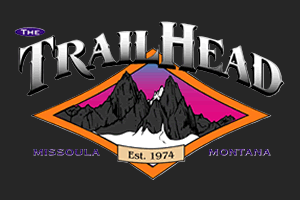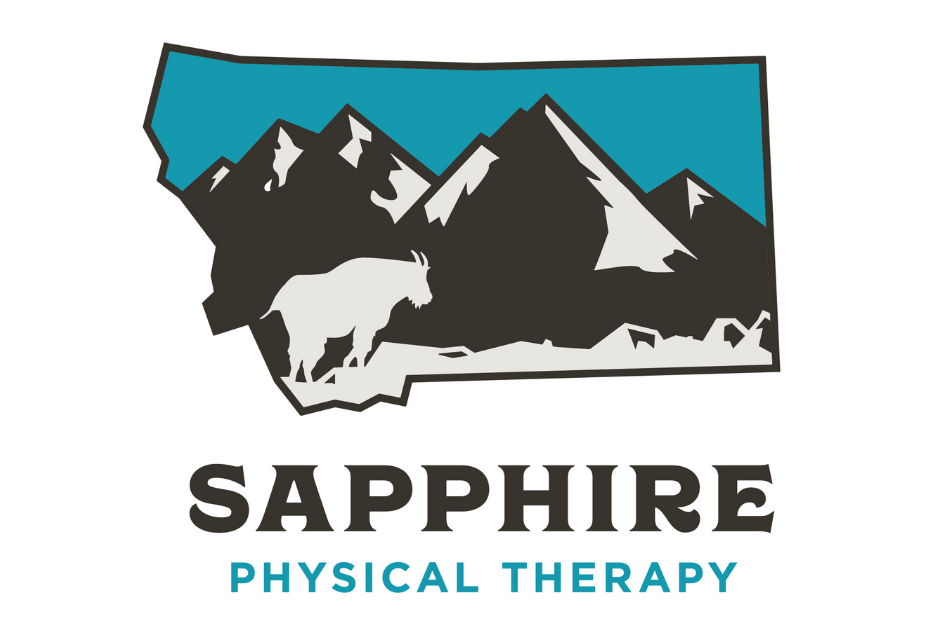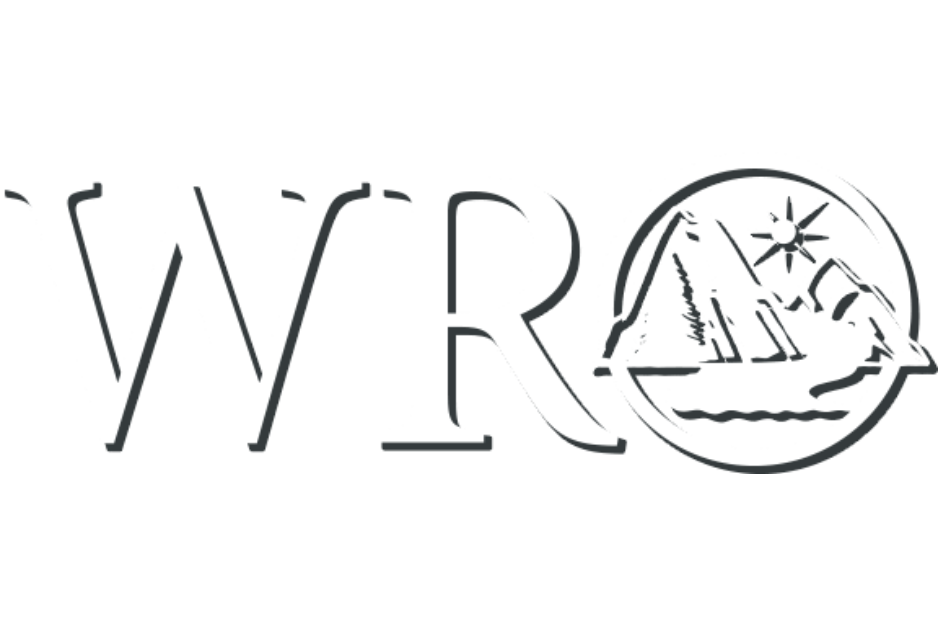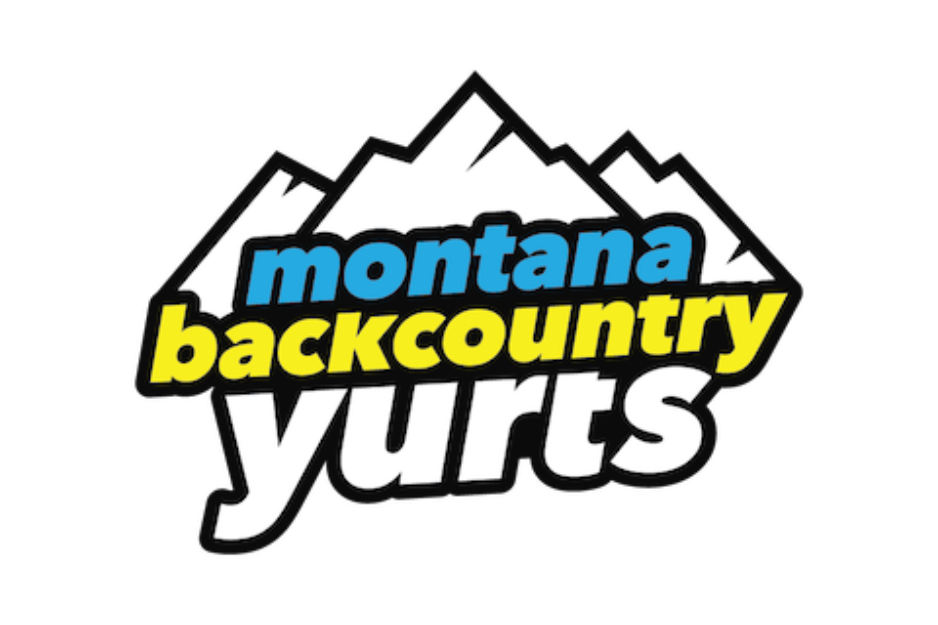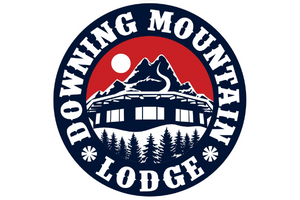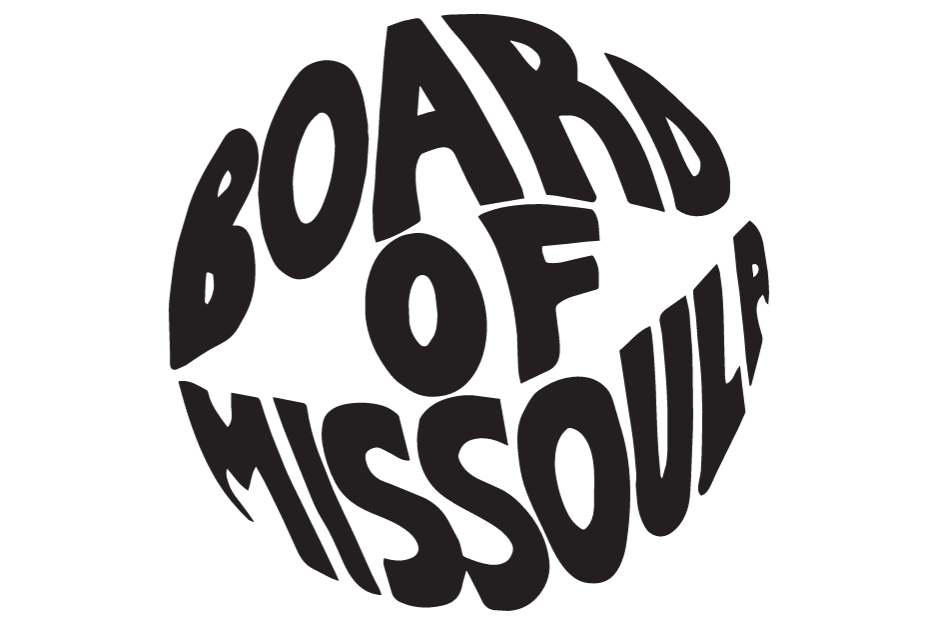The Avalanche warning is terminated this morning. The avalanche danger is high on wind loaded slopes in the West central Montana backcountry. All other slopes are rated considerable. Travel on or under wind loaded slopes is not recommended today. This means careful snowpack evaluation, cautious route-finding, and conservative decision-making are essential to recreate today.
Good morning, this is Travis Craft with the West Central Montana Avalanche Center’s avalanche advisory for December 31, 2017. This danger rating does not apply to operating ski areas, expires at midnight tonight and is the sole responsibility of the U.S. Forest Service.
Weather and Snowpack
Mountain temperatures range from 13 F to 26 F in the region. In the Bitterroot winds are 3 mph with gusts of 4 out of the SW. In the northern part of the advisory area, at Point Six, winds are reading 21 mph with gusts of 26 mph out of the WNW. The forecast area received 3 to 4 inches of new snow in the last 24 hours.
We are coming out of a large natural avalanche cycle. Downing Mountain Lodge sent us observations of a natural wind slab avalanche that released on the Thanksgiving crust yesterday. This slide ran 1800 feet, it released around 7800 ft in elevation and ran to 6000 ft in elevation. Snowbowl ski patrol reported very sensitive wind slabs that were 1 to 2 feet in depth.
The primary avalanche problem today is wind slabs. Leeward terrain will have large wind slabs. Look for rounded pillows of snow near ridgelines and recognize signs of instability such as cracking in the surface snow. These slabs will be very sensitive to human triggers. Avoid traveling on or under wind loaded slopes.
The second avalanche problem is persistent slabs. The layer of facets above the Thanksgiving crust has been stressed. This layer has been shown to fail in the last two natural avalanche cycles. This means careful snowpack evaluation, cautious route-finding, and conservative decision-making are essential to recreate today. Look for clues from the snowpack shooting cracks and localized collapsing. Dig a pit on low angle terrain in a safe spot out of runout zones to see how the layers are adjusting to the new load.
The final avalanche problem is storm slabs. These slabs are becoming less reactive as the snowpack adjusts to the weight of the new snow. Look for shooting cracks and try small test slopes with low consequence to see how the new snow is bonding.
Avalanche and Weather Outlook
Our next chance for snow will be in the middle of the week. With the forecast look for the avalanche danger to slowly decrease as the snowpack adjusts to the new snow.
If you are out in the backcountry, please send us your observation, these are very helpful in producing the advisory. I will issue a weather update tomorrow January 01, 2018.
Ski and ride safe.
